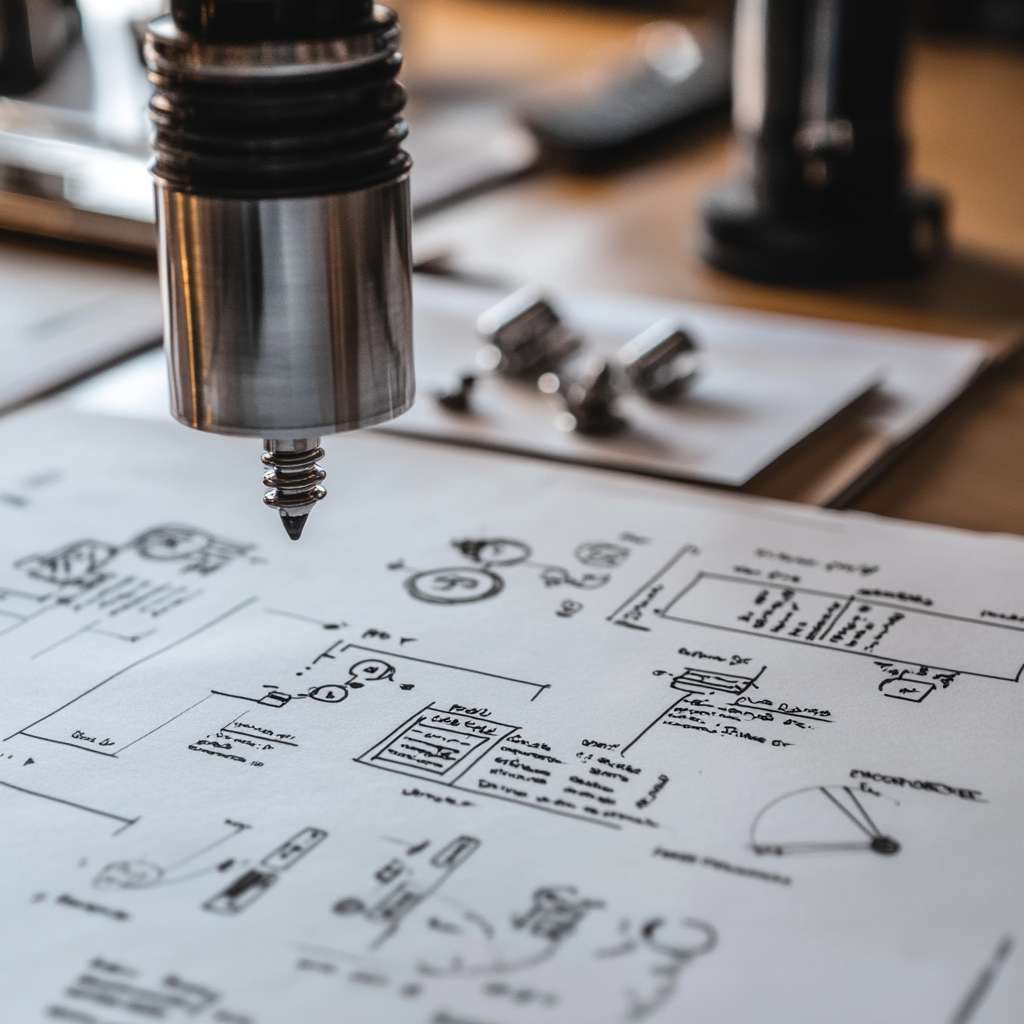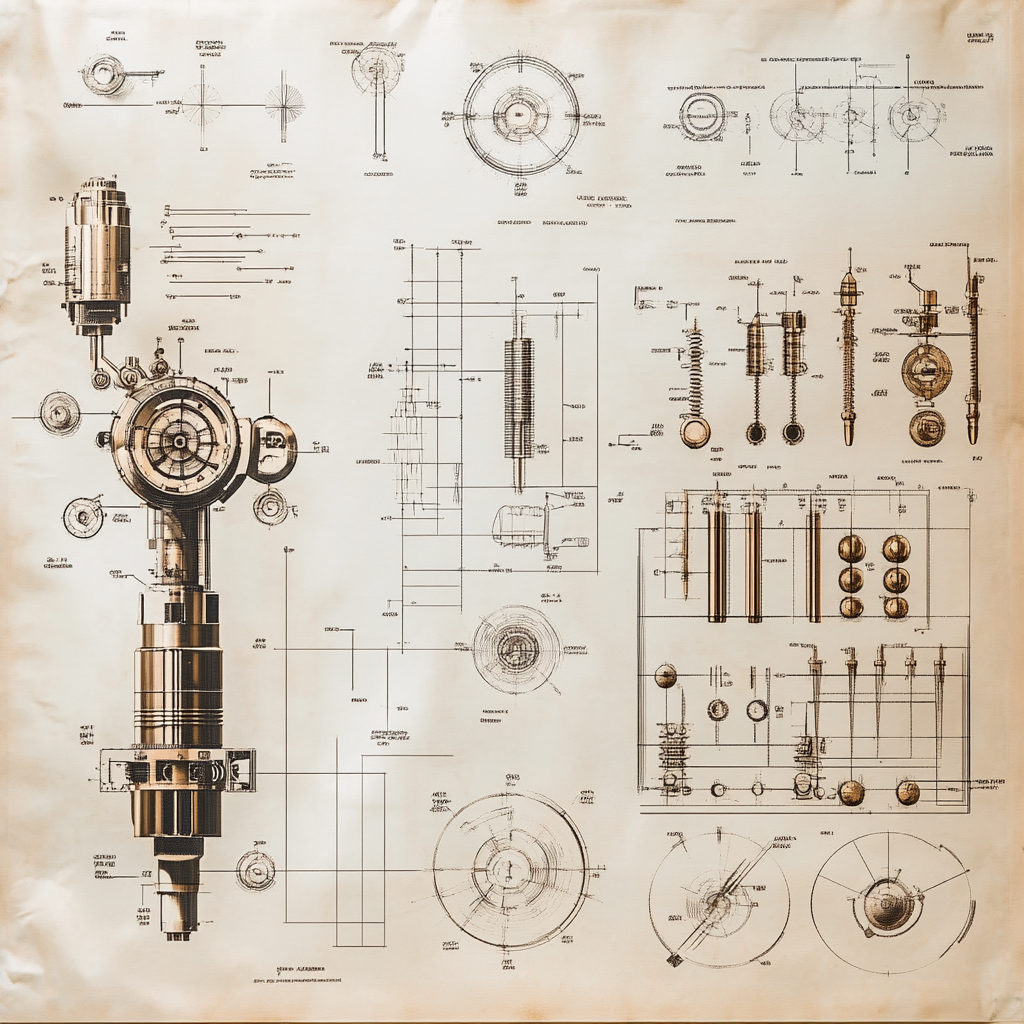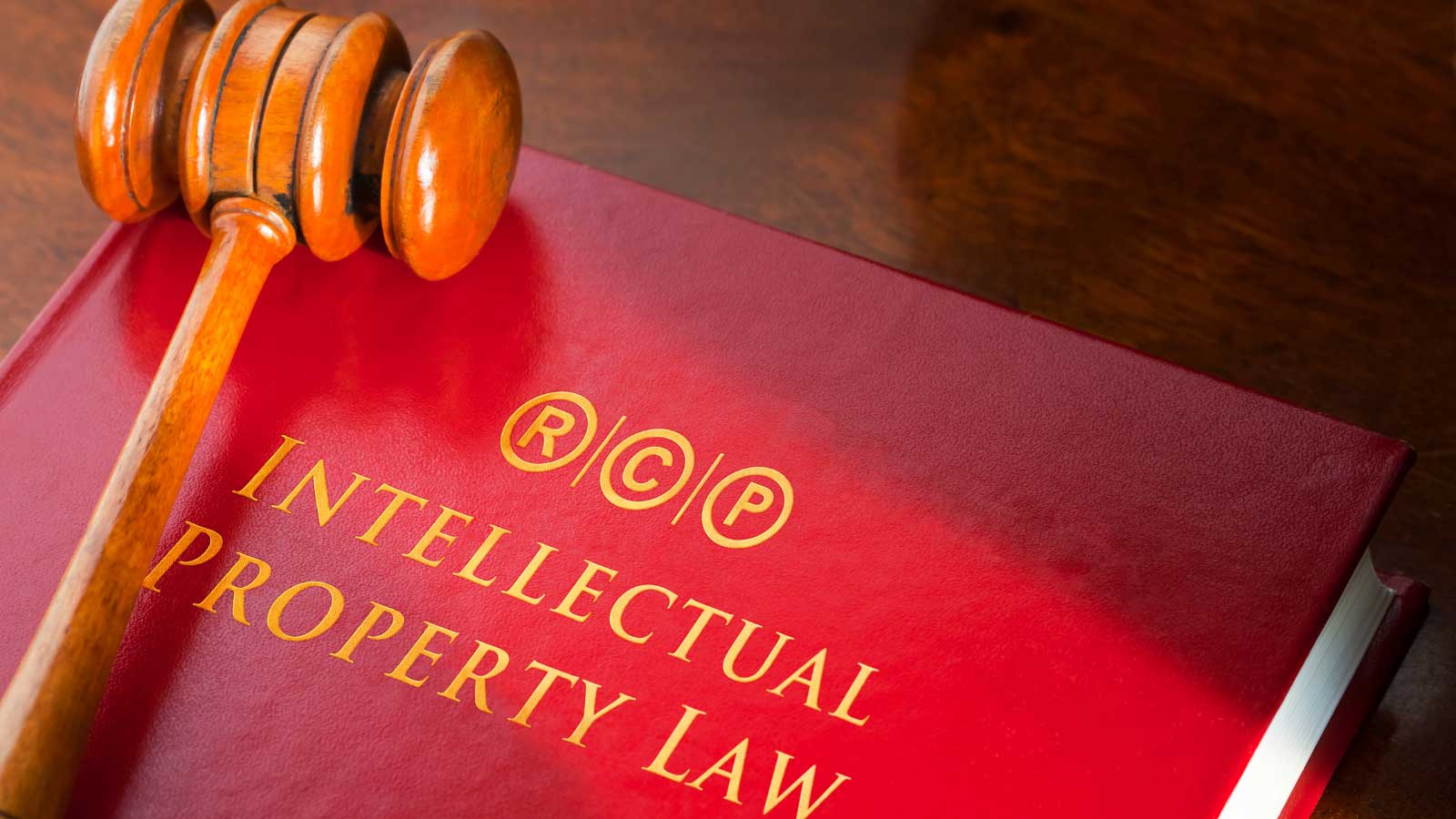When a person or company has created a valuable invention, securing it is critical. Without patent protection, there is a risk that others could replicate the original idea, potentially undermining both the investment and competitive advantage. A patent attorney plays a vital role in this process, providing legal guidance to ensure the innovation is protected.
What is a Patent

A patent is a form of intellectual property that grants the inventor exclusive rights to their invention for a limited period, typically 20 years from the filing date. This legal protection prevents others from making, using, selling, or distributing the invention without permission.
This tool is essential for inventors and companies that invest time and resources into creating new products, processes, or technologies. Anyone who creates a new invention that is useful and non-obvious can apply for a patent. This includes individuals, businesses, and research institutions.
Where Can I Find Patents?

Finding patents involves accessing several key resources that offer detailed information on existing patents and applications. Here are some primary sources:
- Patent Office Databases: National and international patent offices maintain searchable online databases. For example, the United States Patent and Trademark Office (USPTO) and the European Patent Office (EPO) provide comprehensive databases where one can search for patents by various criteria such as keywords, inventors, or numbers.
- Google Patents: This is a free, user-friendly search tool that provides access to a vast collection of patents from around the world. Google Patents allows users to search using keywords, and it offers features like citation tracking and related patents.
- Patent Libraries: Many countries have national patent libraries or archives that provide access to records. These libraries often offer assistance with searches and can be valuable resources for historical or technical information.
- Patent Attorneys and Agents: For more detailed or specific searches, attorneys or agents can be invaluable. They have access to professional databases and possess skills in locating and interpreting data which can be particularly useful for complex searches or law-related matters.
Parts of a Patent
Understanding the parts of a patent is crucial for anyone involved in innovation. Each section plays a specific role in outlining the scope and details of an invention, from its fundamental concepts to its practical applications.
By delving into these components, one can grasp how they are structured and how they protect new ideas. This not only helps in crafting effective applications but also in interpreting existing patents to avoid infringement and leverage intellectual property effectively.
Here’s what you can expect to see in a patent, in general: general:
Cover Page
The cover page provides essential information about the patent and the invention. It provides a snapshot, giving key details that facilitate identification, retrieval, and understanding of the scope and ownership. Here’s what you can typically find on the cover page:
- Patent Number: This unique identifier is assigned by the patent office and is used to reference and retrieve the patent. It remains constant throughout its life.
- Title of the Invention: A concise description that captures the essence of the invention. It should be clear and descriptive, giving a quick understanding of what the patent covers.
- Inventor(s): The individual(s) who created the invention. Their names and addresses are listed, providing credit and recognition. This section is important for determining ownership and rights.
- Assignee: The person or organization to whom the patent rights may have been assigned. This is often a company or institution if the invention was developed as part of employment or research. The assignee’s name is crucial for identifying who holds the rights. If an assignee is not listed it belongs to the inventor(s).
- Filing Date: The date when the patent application was officially filed with the patent office. This date is significant for determining its priority and term of protection.
- Issue Date: This is the date when it was granted and officially published. This marks the start of the patent’s enforceable period.
Drawings
The drawings section of a patent includes detailed visual representations of the invention. These illustrations typically showcase the invention from various angles and highlight its key components and features. They may include diagrams, schematics, and flowcharts that clarify how the invention works. The drawings are essential for understanding the technical aspects of the invention and support the written description by providing a clear visual context.
Specification
The specification is a critical component of a patent, providing a detailed written description of the invention. It explains the invention’s technical aspects, how it works, and its various embodiments. The specification includes several key sections:
- Abstract: This brief summary provides a high-level overview of the invention. It highlights the primary features and benefits, offering a concise snapshot that helps readers quickly understand the invention’s purpose.
- Field of Invention: This section defines the technical area or industry to which the invention pertains. It situates the invention within a broader context, helping to clarify its relevance and application.
- Background: Here, the specification outlines the existing state of the art and identifies problems or limitations in previous technologies. This section sets the stage for understanding the need for the invention and its contribution to the field.
- Summary: The summary offers a more detailed overview of the invention, including its key features and advantages. It serves to bridge the background and the detailed description, summarizing the invention’s essential aspects.
- Detailed Description: This is the most comprehensive part of the specification. It provides an in-depth explanation of the invention, including specific embodiments, components, and operations. The detailed description often references the drawings to support the written information and help the reader fully understand how the invention functions.
Claims
The claims section is the most important part of a patent document. It defines the scope and bounds of legal protection granted by the patent, specifying the boundaries of what it covers. Each claim outlines a particular aspect or feature of the invention, detailing what is protected from being copied by others. This section determines the extent of the patent’s coverage and plays a key role in patent enforcement and litigation.
There are two main types of claims in a patent:
- Independent Claims: Stand-alone and defining the broadest scope of the invention, independent claims outline the essential features without referencing other claims. These claims are crucial for establishing what the patent covers and are often pivotal in determining its scope during disputes.
- Dependent Claims: Building upon independent claims, dependent claims add extra features or limitations, relying on one independent claim and possibly one or more dependent claims for further specificity. This approach helps to narrow the invention’s scope, offering more detailed protection while reinforcing broader claims.
Expanding Your Patent Knowledge

Patents are more than just legal protections; they are strategic assets that can shape the future of your innovation. To fully leverage the power of patents, it’s essential to go beyond the basics and deepen your understanding. Below are some key aspects, including the main types and other information to consider.
Types of Patents
Understanding how different types of patents serve various purposes allows you to choose the right protection for your invention.
- Utility Patents: These are the most common types of patents and cover new and useful inventions or discoveries. They protect the functional aspects of an invention, such as how it works or how it is used. This type of patent is ideal for innovations that introduce new processes, machines, or compositions of matter.
- Design Patents: This is suitable for products with unique visual elements, such as the shape of a new smartphone or the design of a piece of furniture. It protects the ornamental design or appearance of an invention rather than its functionality. It focuses on the aesthetic aspects of the invention.
- Plant Patents: These are granted for new and distinct plant varieties that have been asexually reproduced. This type of patent protects new plant breeds or cultivars, ensuring that the breeder has exclusive rights to produce and sell the plant. Plant patents cover innovations in horticulture and agriculture.
- Provisional Patents: Provisional patents provide a temporary, less formal way to secure an early filing date for an invention. They offer protection for up to 12 months, during which time the inventor can further develop the invention and file a formal utility patent application. Provisional patents are useful for establishing a priority date while continuing to refine the invention.
Patent Application Process
The patent application process consists of several important stages that must be carefully followed to obtain protection for your invention. Being familiar with these stages helps ensure that your application is complete and stands the best chance of success. Here’s a concise overview of the key steps involved:
- Preparation of Application: The process begins with drafting a detailed patent application. This includes the specification, claims, and drawings that thoroughly describe the invention. The application must meet specific requirements and clearly define the invention to avoid rejection.
- Filing the Application: Submit the completed patent application to the relevant office, such as the USPTO or EPO. Filing can be done electronically or by mail, and the application date is critical as it establishes the priority of the invention.
- Examination: After filing, the patent office conducts an examination of the application. An examiner reviews the application to ensure it meets all legal requirements, including novelty, non-obviousness, and usefulness. The examiner may request additional information or amendments.
- Office Actions and Amendments: During the examination, the office may issue office actions, which are official communications regarding any issues or objections with the application. The applicant must respond to these actions by making necessary amendments or providing additional information.
- Grant of Patent: If the office determines that the application meets all requirements, a patent is granted. This official grant provides protection for the invention and allows the patent owner exclusive rights to it once an issue fee is paid and the patent issues.
- Maintenance: Once granted, maintaining the patent requires paying periodic maintenance fees to keep it active. Failure to pay these fees can result in the expiration of the patent rights.
How Can a Patent Lawyer Help?
A patent lawyer plays a big role in securing and protecting intellectual property. At Heimlich Law PC, we have a proven track record of helping clients in every step of the patent process. From drafting and filing applications to addressing office actions and defending against infringement.
Whether you are an individual inventor, a startup, or a large corporation, we’re here to guide you. For professional assistance and comprehensive support, contact our intellectual property lawyers today. Let us help you secure your inventions and maintain your competitive edge.






